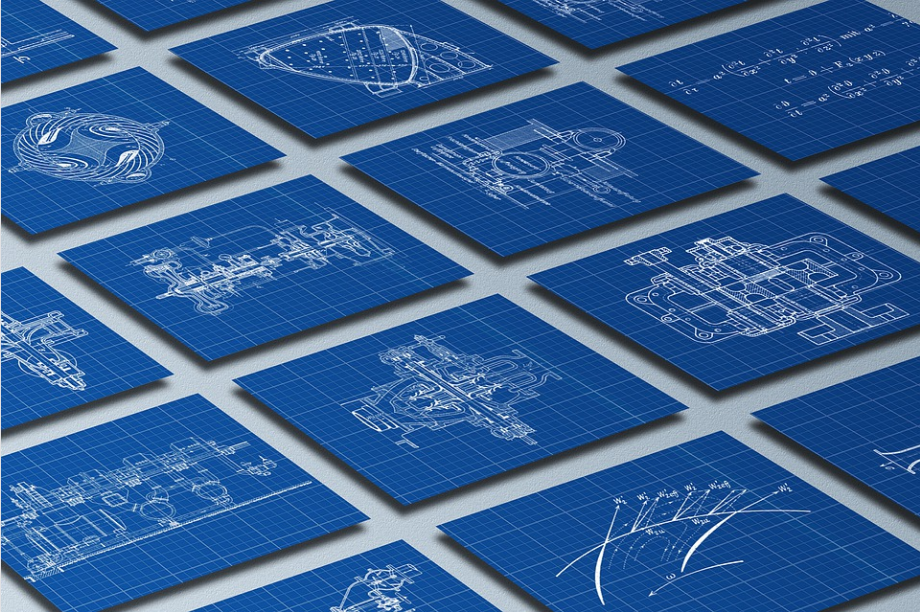If you have an idea for a product that’s going to make a profit for your fledgling business, then you need to get working on making it a reality. Before any product is ready to start flying off shelves, or even to start production, however, it has to be prototyped. Here, we’re going to look at some of what you’re going to need to prototype and test it to make sure it’s a workable idea.

Get it on paper
You need to make sure that your product is good enough to leave the page before you start planning on how you’re going to make it. Do plenty of research on similar products that may already exist in the market and how you can differentiate in ways that create value. Then, create a representation of the idea, starting with a concept sketch. This first step allows you to be more flexible and make hypothetical changes that you and the team can discuss more deeply before you start moving to steps that better define what the final product will actually be like.
Get a good understanding of the dimensions of the product
Once you have gotten a good idea of what the product is going to look like, you want to hone down on that idea and turn it into something that’s closer to reality. A digital sketch or a virtual prototype comes next. Using software like AutoCAD can help you create a more precise virtual 3D version of the product, which will also provide a clearer idea of the size and dimensions of the product. From this, you have your 3D blueprint that can basically be used as an instruction manual on creating the real thing.
Work out the materials and manufacturing steps
From there, it’s about creating the physical prototype. Working out how, exactly, you’re going to put it together is important. There may be elements that you can craft yourself with materials that you understand, but for more precise or complex work, using materials that you might not be able to alter yourself, you should look at component services like Spectrum Plastics. Get a good idea of the materials, manufacturing steps, and the partners that you’re going to need while creating your prototype. This will help you get a much better idea of how the production process is going to go and, importantly, what it’s going to cost.
Test, refine, and repeat
Once you have created the physical prototype, then you need to start refining it. Before you start creating a production line for your new product, you have to take the time to test it. You want to make sure that it’s sturdy and reliable enough for its purpose, that it’s safe, and that it’s comfortable and easy enough to handle. There are third-party testing providers that you might want to turn to for things like chemical or engineering tests, too.
With the tips above, you can make sure that you have a prototype that’s ready to be mass-produced and sold. From there, it’s all about finding the manufacturers to get production in full swing for you.

No comments yet.